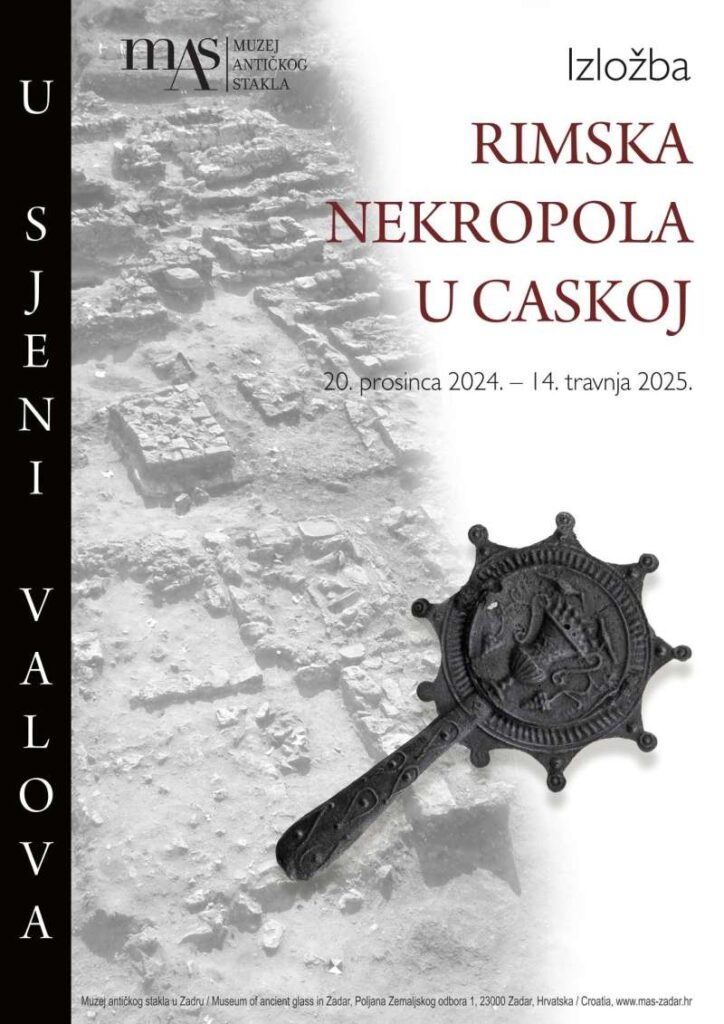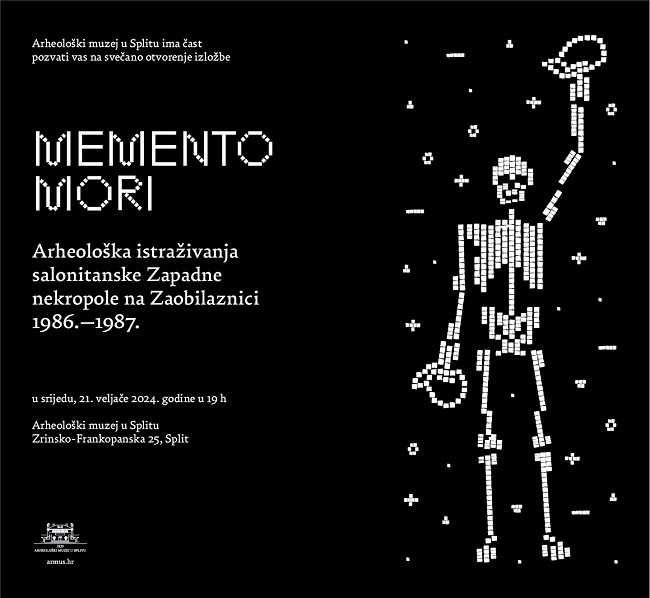Poštovane kolegice i poštovani kolege,
pozivamo vas na gostujuća predavanja koja će održati
dr. sc. Aitor Ruiz-Redondo (University of Zaragoza & University of Southampton):
“Beyond ‘wonderful things’. A scientific positivistic approach to the study of Palaeolithic rock art – Insights from Cova Dones (Spain) “
u utorak 25. veljače 2025. u 14h (Zbirka Odsjeka za arheologiju A018)
&
dr. sc. Virginia Barciela González (University of Alicante):
“Cabezo Redondo (Villena): pioneering artisans of Late Bronze Age Eastern Iberia“
u srijedu 26. veljače 2025. u 14h (dvorana D1)
U nastavku možete pročitati sažetke predavanja i kratke životopise predavača.
Aitor Ruiz-Redondo
Beyond ‘wonderful things’. A scientific positivistic approach to the study of Palaeolithic rock art – Insights from Cova Dones (Spain)
Abstract
Research in Palaeolithic rock art (PRA) has undergone crucial transformations in recent decades, shifting from a subjective search for the ultimate meanings of artworks to a holistic study of the archaeology of deep caves, based on the analysis of the Internal Archaeological Context (‘IAC’) of PRA. Through this approach, all evidence related to explorations and activities undertaken by prehistoric individuals in deep-cave areas is documented and analysed, resulting in an integrated understanding of the use of these particular environments. In several cases, this has enabled the reconstruction of actions associated with the creation of PRA and other -allegedly- symbolic activities, such as depositing objects on walls or constructing structures. In this talk, I will present how this approach is contributing to our understanding of the life and culture of our Palaeolithic ancestors, and to reconstruct the earliest symbolic activities in human history. To this end, I will use the example of our ongoing research at Cova Dones (Spain), the most significant PRA site discovered in Europe in the last decade.
Short bio
Dr. Aitor Ruiz-Redondo is an archaeologist specialising in prehistoric art and Upper Palaeolithic symbolic behaviour. He is a senior lecturer at the Institute for Research in Environmental Sciences of Aragon (IUCA) at the University of Zaragoza, a member of the Centre for the Archaeology of Human Origins (CAHO) at the University of Southampton, and co-director of the ARCHAEOSYMBOL research group. With a strong background in parietal and mobiliary art, Dr. Ruiz-Redondo’s work focuses on the integration of advanced archaeological methodologies with a holistic approach to prehistoric cave environments. His research encompasses two primary lines of research: (1) expanding the geographic boundaries of Palaeolithic rock art, and (2) reconstructing the technical and symbolic processes underlying rock art creation, thereby contributing to the broader understanding of human cognitive development. The first has involved conducting fieldwork in diverse regions, including Western Europe, the Balkans, Russia, and the Near East. The second has driven the development of innovative methodologies to address the variability of symbolic practices in Late Palaeolithic societies. Dr. Ruiz-Redondo currently serves as vice-president of the UISPP ‘Prehistoric Art’ World Commission, and has authored numerous publications in leading journals.
Virginia Barciela González
Cabezo Redondo (Villena): pioneering artisans of Late Bronze Age Eastern Iberia
Abstract
The Cabezo Redondo site (Villena, Alicante) is one of the most significant prehistoric settlements of the second millennium cal BC on the Iberian Peninsula, offering a unique perspective on the social and technological complexity of Late Bronze Age communities in eastern Iberia. In addition to its sophisticated architecture and funerary practices, which reflect a socially stratified society, Cabezo Redondo was an economically dynamic center where various craft industries flourished, including textile production, ivory carving, goldsmithing, and metallurgy. The analysis of archaeological remains, such as loom weights, personal ornaments, and metal artifacts, provides valuable insights into the procurement of materials, production techniques, and craft specialization within the settlement. By integrating techno-typological analysis, experimental archaeology, and archaeometric studies, we can reconstruct the “chaîne opératoire” of these crafts, highlighting their significance in daily life and in shaping the identity of the elites who led the Cabezo Redondo community. Particular emphasis should be placed on the production of ornaments made from ivory, glass, shell, bronze, gold, and silver, which illustrate the site’s extensive exchange networks, linking it to both peripheral and extrapeninsular cultural spheres.
Short bio
Dr. Virginia Barciela González is an archaeologist specializing in symbolic behavior in Prehistory, with a focus on rock art and personal ornaments. She is a senior lecturer at the Institute for Research in Archaeology and Historical Heritage (INAPH) at the University of Alicante and co-director of the ARCHAEOSYMBOL research group. For over 25 years, she has dedicated part of her research to the excavation and study of the Bronze Age site of Cabezo Redondo (Villena, Alicante), one of the most significant prehistoric settlements on the Iberian Peninsula. Her work primarily explores the technological and symbolic dimensions of the personal ornaments discovered at the site, analyzing their raw materials, production techniques, and socio-cultural significance. Through a detailed techno-typological analysis, Dr. Barciela González has enhanced our understanding of the role of ornaments within the Cabezo Redondo community, emphasizing their connections to broader Mediterranean exchange networks. Her studies, which include the examination of ivory, gold, and silver artifacts, provide valuable insights into craftsmanship, trade, and social hierarchies in the Late Bronze Age.





